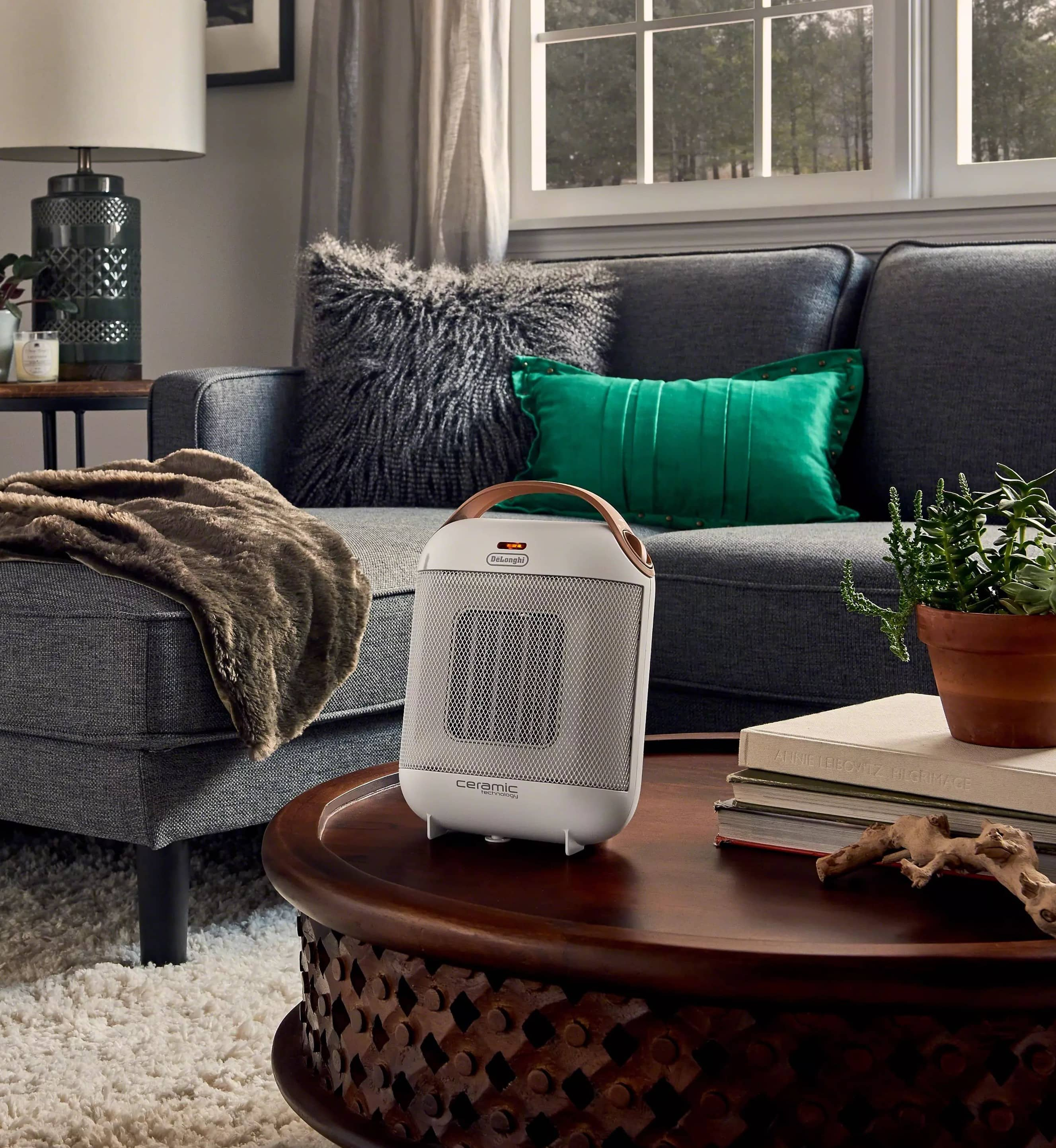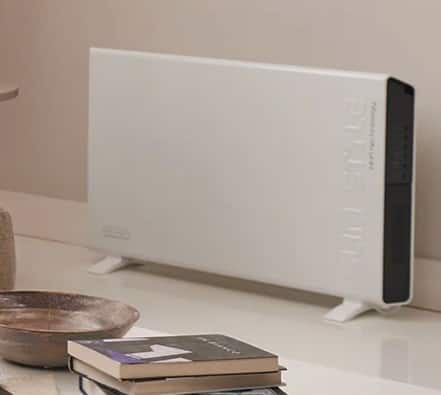Crema is what distinguishes an espresso. This is the layer of foam that rests on top of the drink and is made up of proteins, oils and sugars, with bubbles of carbon dioxide (CO2) and water vapor. It intensifies the aromas, body, flavor and aftertaste of the coffee.
There are many variables to take into account to achieve a good crema: the bars of pressure used, the freshness of the bean, the grinding, the water temperature, the extraction time, the ratio, etc. Here we share five reasons why an espresso does not have cream.
 Découvrez notre machine à espresso entièrement automatique la plus vendue, maintenant avec fonction infusion froide ! Savourez plus de 50 recettes en une seule touche, dans le confort de votre foyer.
Découvrez notre machine à espresso entièrement automatique la plus vendue, maintenant avec fonction infusion froide ! Savourez plus de 50 recettes en une seule touche, dans le confort de votre foyer.
 Préparez sans effort un espresso de qualité à la maison avec la machine La Specialista Opera – maintenant avec Cold Brew.
Préparez sans effort un espresso de qualité à la maison avec la machine La Specialista Opera – maintenant avec Cold Brew.









